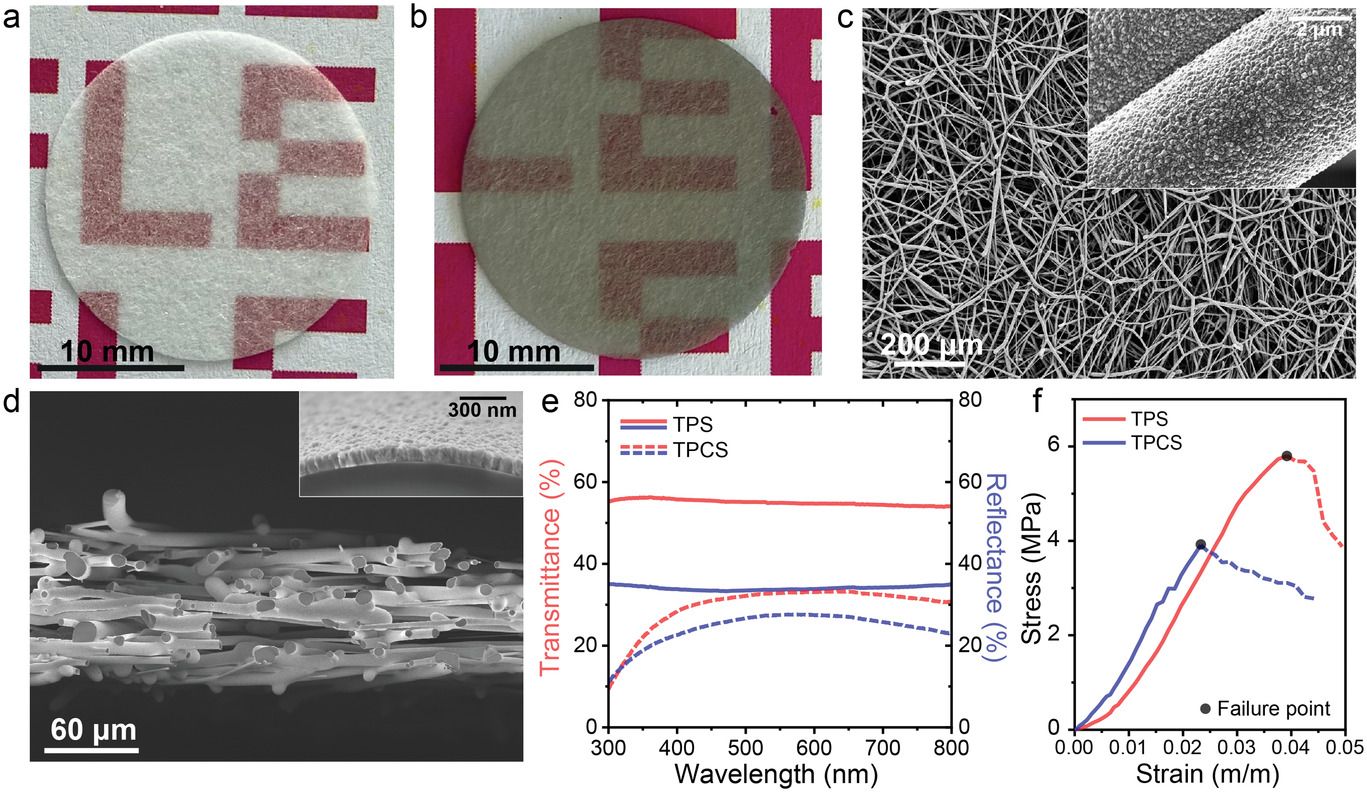In 10 seconds? In a recent study, a team of Swiss researchers has created an artificial leaf that is capable of mimicking parts of the natural photosynthetic process of converting humid air into hydrogen fuel.
Why are we talking about this? This discovery is exciting because it uses solar energy to produce hydrogen. Solar hydrogen generation using an artificial leaf could be a powerful technology to accelerate the transition from fossil to sustainable energy sources.
Wait a minute! An artificial leaf? Does it actually look like a leaf? No. The artificial leaf doesn’t look anything like a leaf, but the photoelectrochemical (PEC) process of splitting water resulting in hydrogen fuel is inspired by how in nature green leaves split water into O2, H+, and electrons using sunlight. Hydrogen produced by making use of solar energy is called green hydrogen and is a promising means of reducing greenhouse gas emissions.
This sounds really interesting! Are there other “artificial leaves” out there? Yes. Any water-splitting monolithic PEC device that produces green hydrogen is called an artificial leaf. However, there is flexibility in how the electrical and chemical energy-generating components can be integrated, so a variety of designs have emerged, e.g. researchers at Rice University developed a single module consisting of the electrodes and a perovskite layer that, when dropped into water and placed in sunlight, produces hydrogen with no further input.
So what makes this new artificial leaf so special? Unlike previous designs, the novel artificial leaf created by Dr. Sivula and his research team works with gas diffusion electrodes (GDEs). This was only possible because they developed a coating from a transparent porous light-harvesting semiconductor material. Traditionally, only liquid-based PEC devices contained optically transparent and electrically conducting substrates whilst GDEs were designed with opaque materials such as carbon cloth or metal mesh/felt which prevent transmittance of photons to the photoelectrode in tandem.

That all sounds very promising! But why do we need green hydrogen? There are various ways in which green hydrogen can make a positive impact. Replacing traditionally produced hydrogen that is currently responsible for more than 2% of total global CO2 emissions is one. Countries like the United States, Russia, China, France, and Germany already use hydrogen as a fuel, Japan is going even further and aspires to become a hydrogen economy.
What else can be replaced with green hydrogen? For decades, NASA has relied on hydrogen gas as rocket fuel to deliver crew and cargo into space. Imagine, this could all be replaced by green hydrogen. But that’s not it. Once on the International Space Station (ISS), water is split into oxygen for breathing and hydrogen. Being able to generate and recycle hydrogen efficiently in space will decrease the cost and complexity of remote missions.
What about storing green hydrogen? Good question. There are various approaches to physically storing hydrogen including compressed, cryogenic, and cryo-compressed hydrogen. Compressed hydrogen tanks are capable of storing energy for long periods and can be transported and used in transportation. This would help decarbonize consumption niches such as heavy transport, aviation, and maritime transport.
There’s more! Hydrogen’s applications for photoelectrochemical devices
Green hydrogen is not the only solar fuel that can be produced using PECs. Researchers also look at other ways to utilize PEC devices to support the goal of carbon neutrality.
Powering the world with renewable energy from “solar CO2 reduction” represents a promising way to accomplish this target.
Methods of solar-driven CO2 conversion to fuels have recently become a very attractive research topic, as they could open up new possibilities for controlling and maintaining a carbon cycle for a sustainable future.
Systems like artificial leaves that mimic natural photosynthesis are considered to also be an ideal route for CO2 transformation into clean and storable fuels.
Dr. Sandra Albrecht has distilled 8 research papers, saving you 28 hours of reading time.



